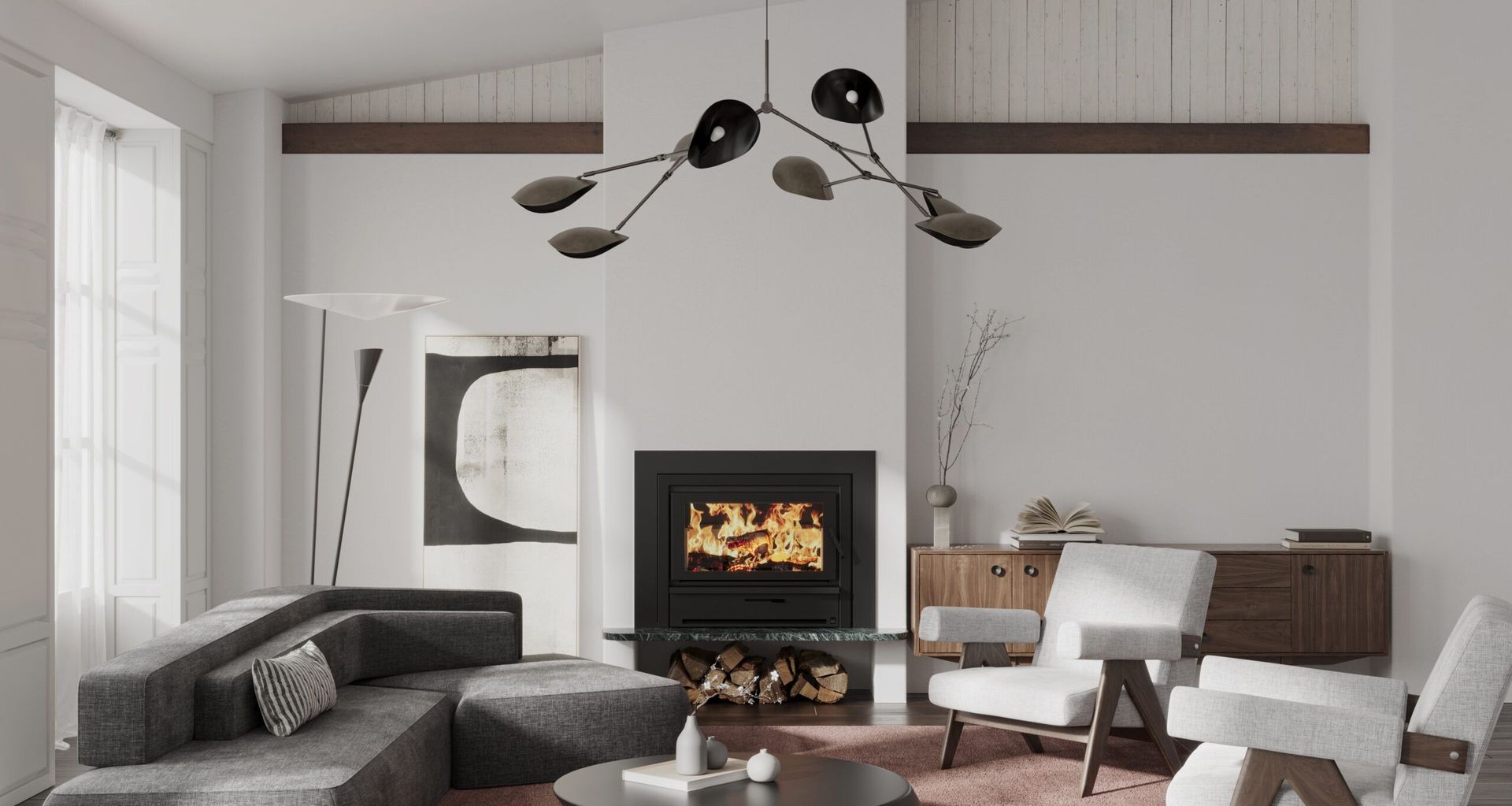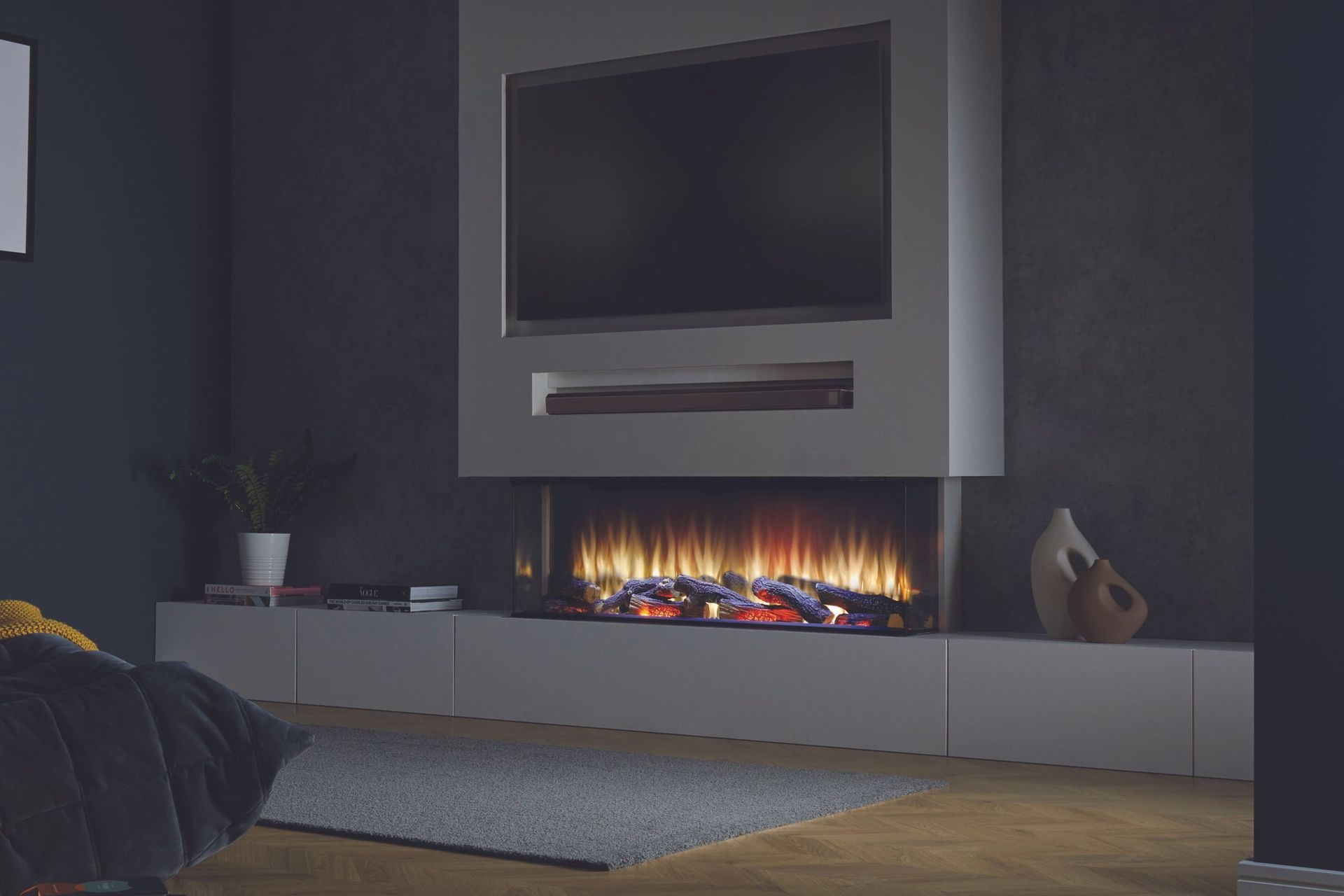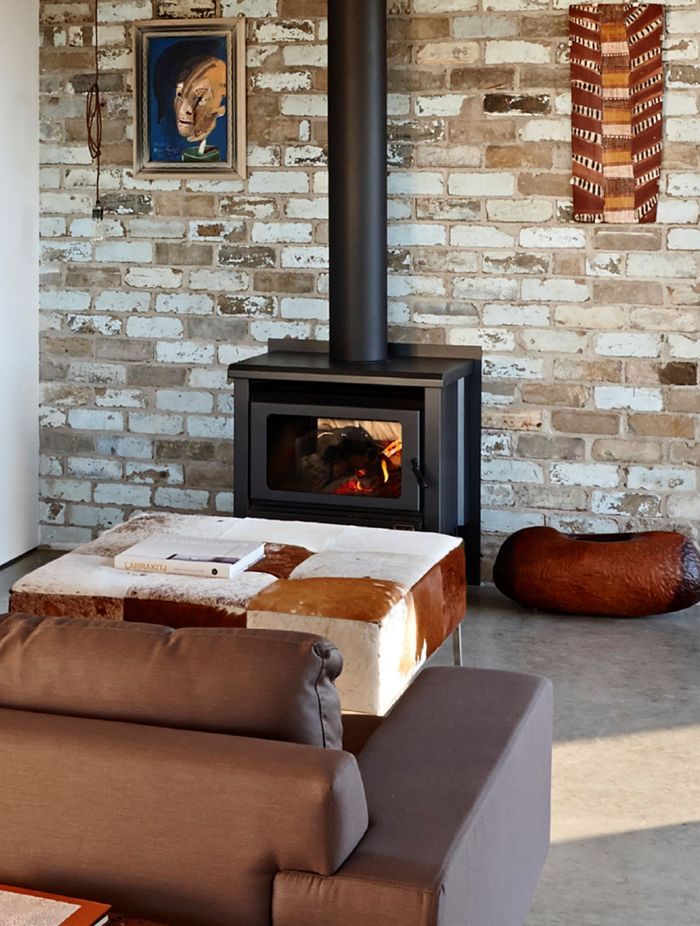What to consider before installing a fireplace
Written by
07 May 2025
•
5 min read

There’s something inherently grounding about the glow of a fireplace. Whether it's a gentle flame flickering in the background or the radiant heat warming a winter gathering, fireplaces have a powerful presence in our homes. But before installation begins, a little more thought is required than simply choosing between gas or wood.
To understand the essential factors every homeowner should consider, we spoke to Daryl Crowley from Horizon Fires, who shared insights on making an informed and confident decision.
Fire type fundamentals
At its most basic, choosing a fireplace starts with understanding the three main types available in New Zealand: wood-burning, gas, and electric.
“They differ in the fuel source, installation, maintenance, and environmental impact as well as heat generation,” says Crowley. While wood-burning options evoke a more traditional, tactile experience, gas fireplaces offer convenience and clean design. Electric units, meanwhile, suit compact urban living or supplemental heating needs, with fewer installation constraints.
But beyond preference, the function matters. “Heating needs, aesthetics, installation complexity, maintenance and budget,” are the core criteria, Crowley advises. That hierarchy of needs should guide your selection, with aesthetics never outweighing practical considerations such as heat efficiency or regulatory compliance.

Compliance & consents
New Zealand's Building Code reflects a growing emphasis on environmental and safety standards, particularly with solid-fuel appliances.
“Specific council regulations and consents are required in New Zealand, in particular with wood-burning fireplaces,” says Crowley. Local council policies may restrict installation in certain urban zones or require emissions testing and certification. Engaging with fireplace professionals early on ensures your project stays compliant and moves smoothly through the necessary approvals.
Placement with purpose
Selecting where your fireplace goes is as important as choosing the fireplace itself. It's not just a question of what wall looks best in a photo — it's about heat circulation, safety, and how the space will be used.
Crowley notes: “The room’s purpose, safety clearances, airflow, heating efficiency requirements and overall aesthetic of your home affect the choice of fireplace.” These factors work together to determine whether your fireplace warms the whole room or ends up looking the part without doing the job.
Horizon Fires often works closely with architects and interior designers to ensure a fireplace becomes a harmonious element in a home’s composition—not an afterthought.
The importance of airflow
Ventilation is one of the most overlooked and most critical elements of fireplace performance. It's not only about extracting smoke but also about ensuring your home remains healthy and safe.
“Proper ventilation is crucial for safe and efficient fireplace operation,” Crowley warns. “Without this, there is the risk that smoke and soot as well as gas fumes can enter your home.” He adds that while “mechanical ventilation can be great for removing poor quality air, it does not replace the best solution of fresh air.”
This is where professional guidance pays dividends — ensuring flue systems are positioned and installed to industry standards, with long-term safety in mind.

Matching the fireplace to your home’s style
One of the benefits of working with specialists like Horizon Fires is the ability to balance technical requirements with aesthetic vision. While it might be tempting to pick a fireplace from a catalogue, your home’s architectural context matters.
“Older traditional homes may benefit from a wood-burning fireplace to maintain character, while contemporary homes may prefer a sleek modern design,” says Crowley, “the available space and desired functionality will also play a role.” Fortunately, the industry has responded — “There are new wood-burning fireplaces available which are both sleek and modern.”
Replacing vs installing
When renovating, the decision to upgrade or replace an existing fireplace requires a careful evaluation of cost, layout, and intent. “Fireplace replacement most often requires less installation work and is therefore more cost-effective,” says Crowley. “New fireplace installations may be necessary where structural damage has occurred or the original fireplace is not in the area where it can operate most effectively.”
A design refresh can also be the nudge homeowners need, especially when planning for improved heating efficiency or reorienting a space around the fire.
Efficiency & eco-friendly options
A beautiful fireplace that guzzles energy or belches emissions quickly loses its charm. To stay green and effective, Daryl suggests a few guidelines: “Ensure proper ventilation, burning of high-quality, dry wood with clean-burning, low emissions. Closed gas fireplaces are more energy efficient if required for heat rather than ambience and should be regularly serviced... Electric fireplaces, although limited in heat output, would be considered most eco-friendly.”
Maintenance matters
Even the sleekest fireplace demands upkeep. “Wood fireplaces need to be chimney swept and inspections carried out for any cracks or damage, plus regular removal of ash and soot,” Crowley explains. For gas units, that means checking the burner, pilot light, and cleaning the glass. And for electric options? “Power cords and connections should be checked for wear; clean fan and heating elements; and replace light bulbs when necessary.”
Routine care ensures your investment performs at its best and keeps your home safe year after year.
Installing a fireplace isn’t just a design decision — it’s a commitment to comfort, energy use, and safety. By working with experienced professionals like Horizon Fires, you can ensure your fireplace enhances your home in every way: aesthetically, functionally, and sustainably.
Explore fireplaces by Horizon Fires